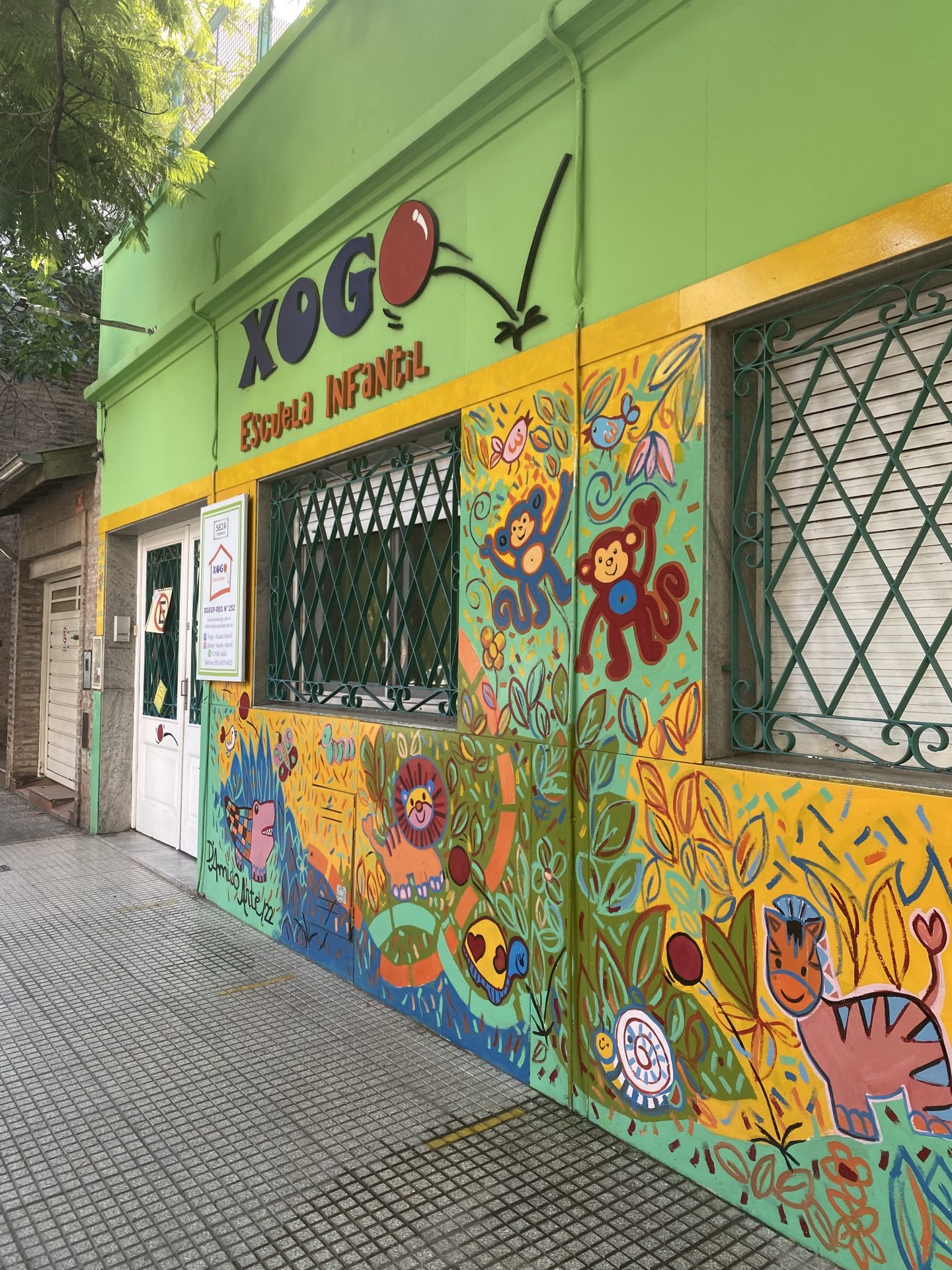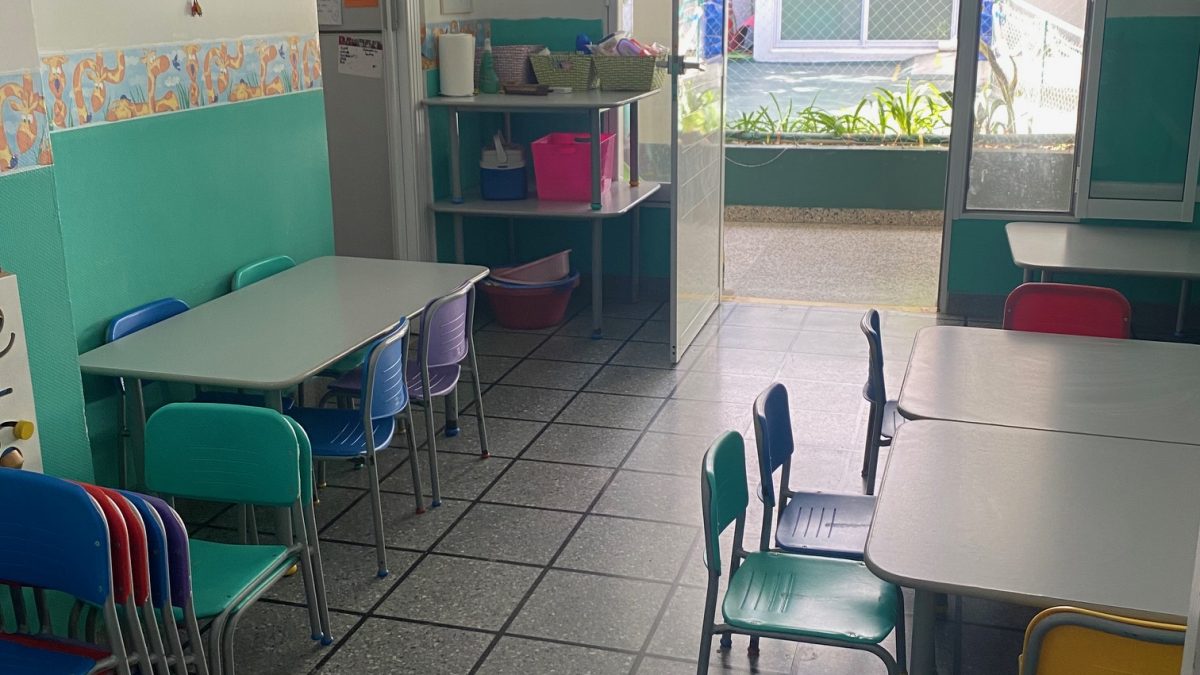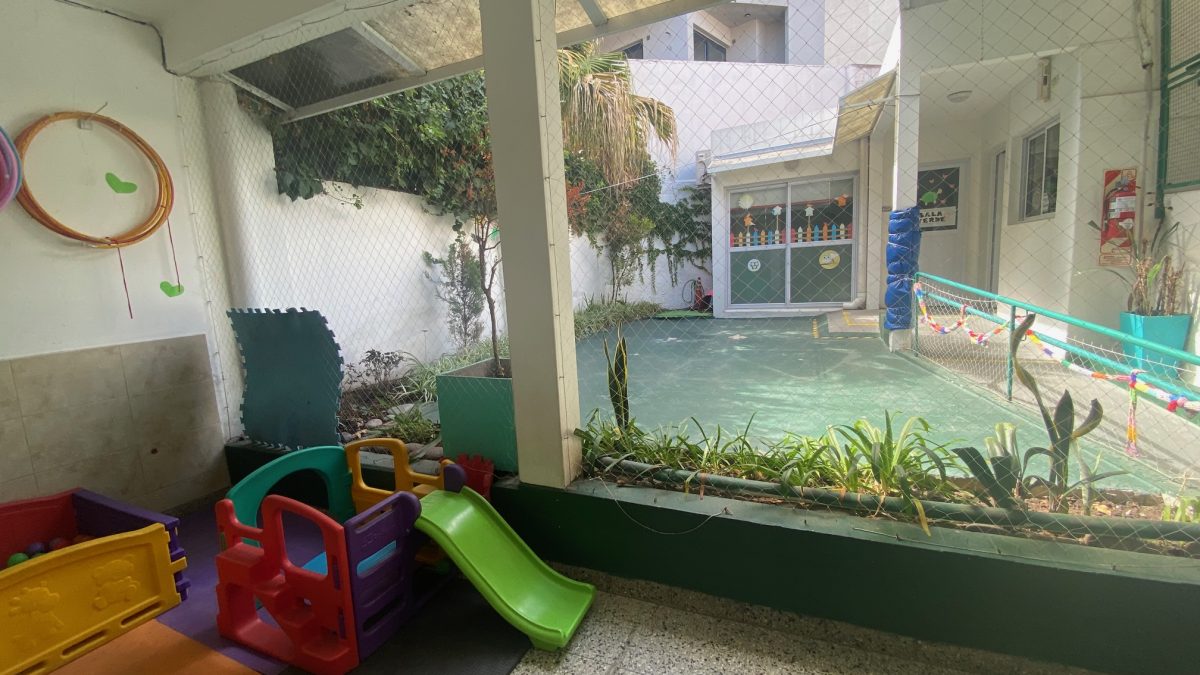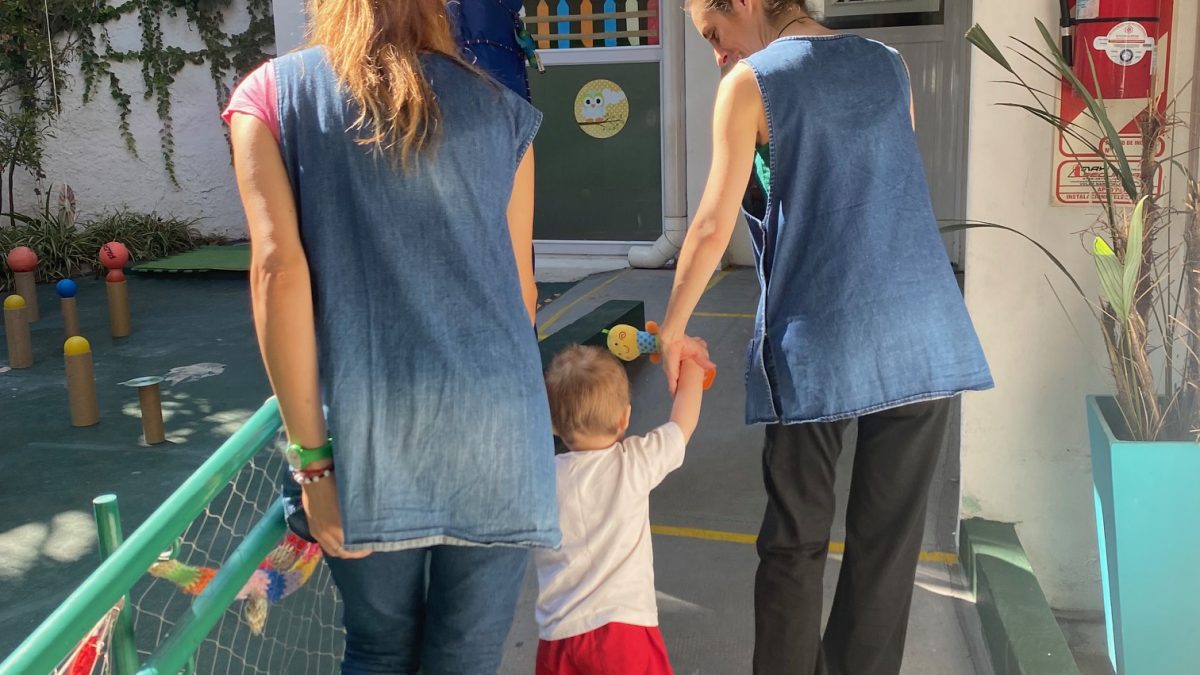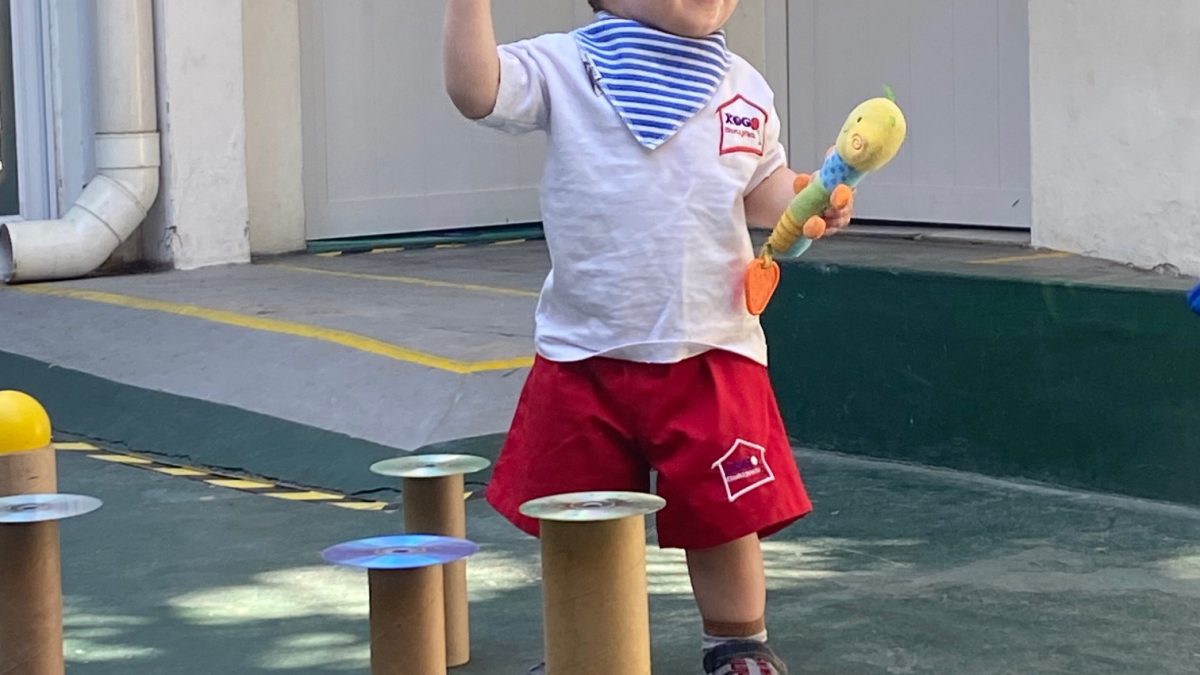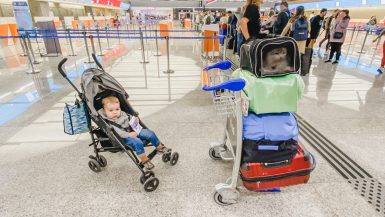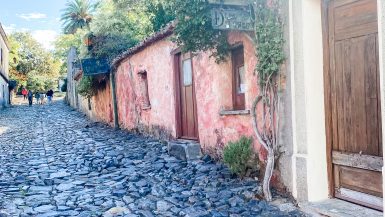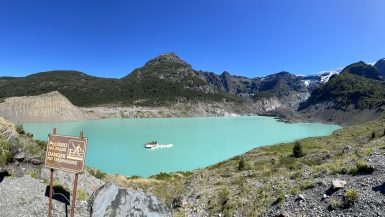Being at home with our son all day every day made it challenging for us to focus on some of the things we wanted to prioritize during our trip. Being a stay-at-home parent is undeniably a tough job! However, we also recognized the importance of Luke having the opportunity to interact and play with other children. That’s why we made the decision to enroll him in a half-day school program from 9 am to 12 pm when we were living in Argentina. After speaking with a handful of daycares, and touring two of them, we ended up falling in love with the second place we visited. The teachers were fantastic, and they even spoke some English. It was also just a 3-minute walk from our apartment!
Requirements
There were several requirements we needed to meet before Luke could begin attending.
- Vaccinations: we had to provide his vaccination history to ensure he was up to date.
- Health Certificate: we had to obtain a health certificate from a local pediatrician, including his current height and weight.
- General Intake Form: we were given an intake form, which needed to be completed in Spanish. We went through the process of translating it into English, filling it out, and then translating it back into Spanish for submission.
Getting Started
Interestingly, daycare facilities in Argentina are referred to as schools, specifically “Kindergartens.” The children wear uniforms, which we found absolutely adorable. Because he wore the same outfit every day, it simplified our morning routine.
In the United States, typically when we enroll our children in daycare, the first day may include an orientation then transition to full-time immediately. However, in Argentina, their approach is to gradually acclimate the children to the school environment, ensuring their comfort. Instead, they implemented a mandatory progressive onboarding schedule for all children, starting with short increments of time. For instance, on the first day, Luke only stayed for 30 minutes, and I was present in the same room, observing him as he played. Luke was extremely happy at daycare and appeared ready to attend full-time by day two. It was frustrating that we were unable to accelerate the onboarding schedule; however, we appreciated the teacher’s desire to ensure that Luke and the other children had ample time to acclimate to the school and its routines.
The onboarding schedule:
Day 1: 30 minutes with a parent in the room.
Day 2: 30 minutes with a parent outside of the room.
Day 3: 45 minutes with a parent outside of the room.
Week 2: 1 hour with a parent outside of the room.
Week 3: 2 hours: parents can drop off and leave.
Week 4: 2 ½ hours: parents can drop off and leave.
Week 5: 3 hours: full time, parents can drop off and leave.
Cost of Daycare in Buenos Aires
Regarding the cost, we had to make an upfront payment of 40,000 Pesos, followed by a monthly fee of 40,000 Pesos. For the two months that Luke attended, we paid a total of 120,000 Pesos.
Here’s the conversion breakdown:
Upfront Cost 40,000 = $104 USD
Cost Per Month 40,000 = $104 USD
Upfront + Total For 2 Months 120,000 = $312 USD
Per Hour 1,000 = $2.60 USD
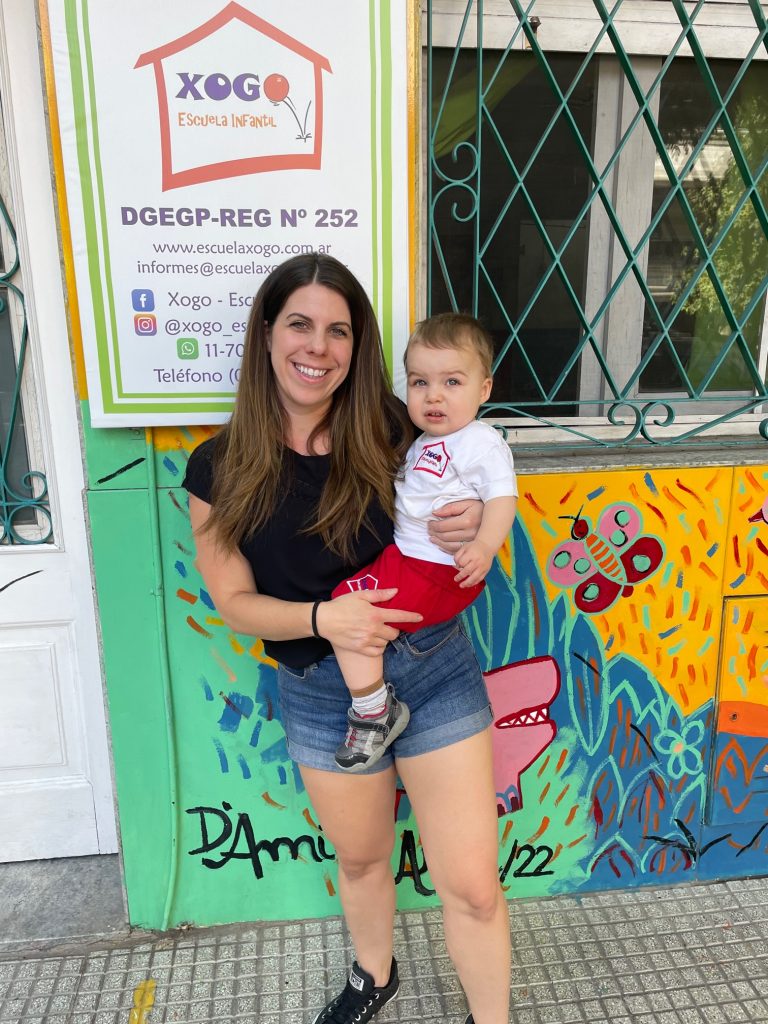
Overall, our experience with daycare in Argentina was truly wonderful. The teachers were incredibly kind and friendly, making Luke’s time there enjoyable. The other parents were welcoming and made an effort to communicate even though they didn’t know too much English. It was heartwarming to witness Luke’s excitement as he eagerly ran into the building each morning. One aspect we needed to adjust to was the different holiday schedule in Argentina. On several occasions, we found ourselves unaware of school closures due to holidays. Despite this minor challenge, we have nothing but positive memories and appreciation for the daycare experience in Buenos Aires. Luke even learned a few Spanish words!

